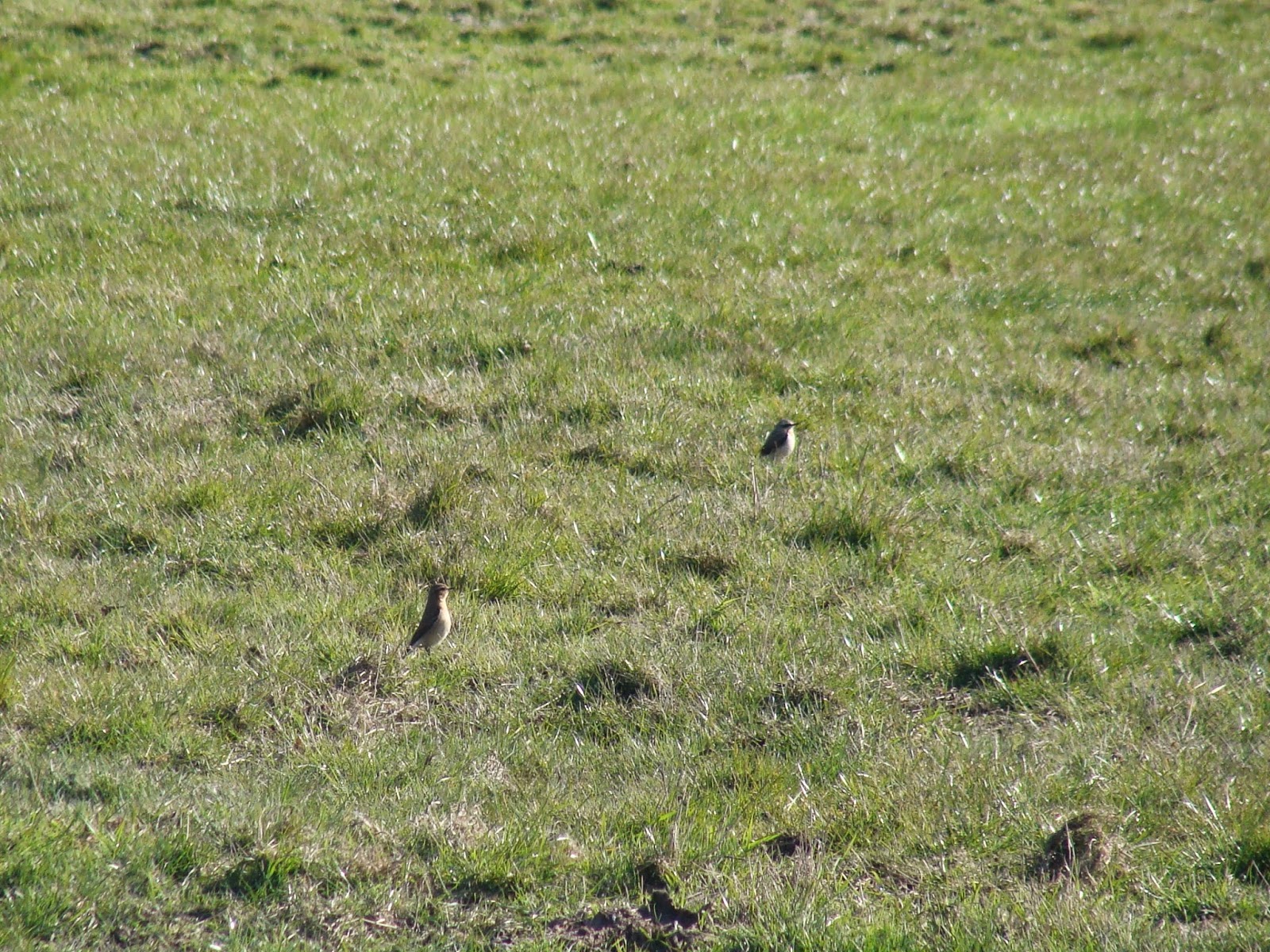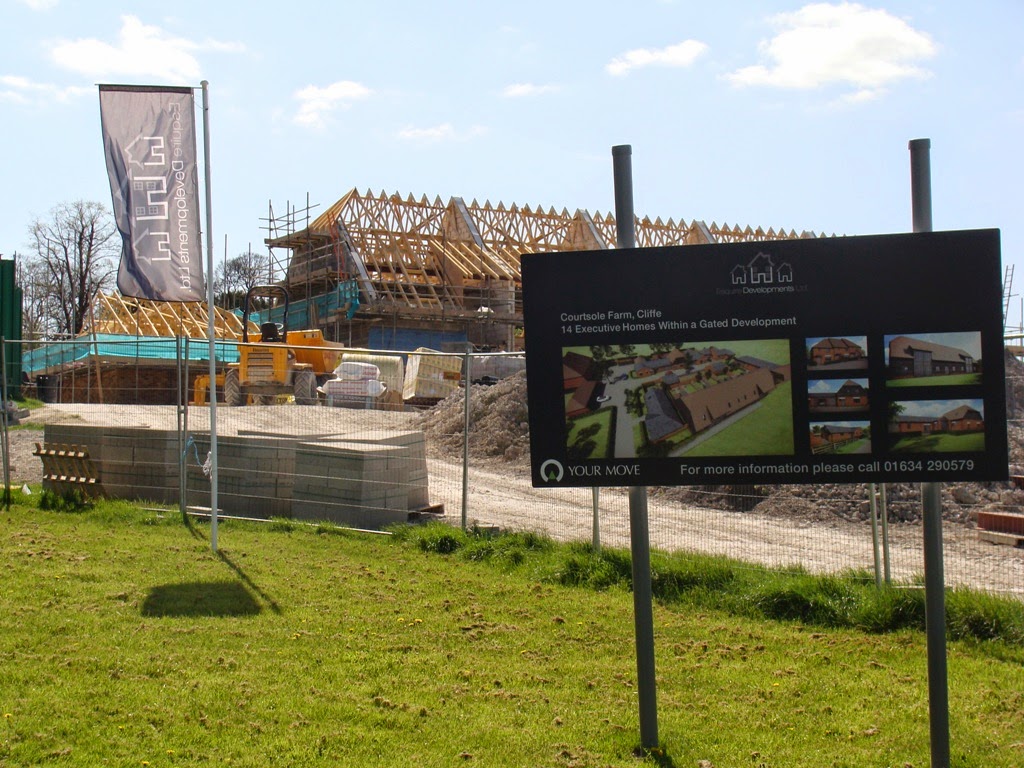Skimming through some of the messages, one that particularly stood out for me came from Chris himself who tweeted this horrific statistic:
"Just picked up a book on Malta's breeding birds . 18 regular species . What a disgrace"
A disgrace indeed, and completely unbelievable when you consider that your local park probably has as many breeding species as a sizeable, sun-baked island in the middle of the Mediterranean. The reason for that low number is that the birds are all shot for fun.
There were many more humbling anecdotes shared along with some good banter and some pretty weird bits also (in my opinion). The trouble is, despite feeling encouraged by the response, I felt a little disconnected too. I think that is largely due to the medium used - twitter. I can't help but feel that when it comes to protest, twitter is not an efficient means of communication, it's like clapping with gloves on; it just feels too much like a blur of sentiment, all too quickly washed away.
But perhaps I should be more objective and look at what it achieved. It succeeded in helping Birdlife Malta raise 50,000 euros (and more) to help continue funding their crucial work and it did inevitably send a message to a wider audience - particularly in the UK where there was a considerable amount of newspaper coverage off the back of Chris Packham's quest, aided by his grim but essential improv video bulletins posted to YouTube. I'd like to think also, that it sent a message of support to those Maltese people who'll go to the polls soon to vote in a referendum on spring hunting amidst a climate of intimidation (watch episode 3 of Chris's diaries when the hunters use the police to move honest families of weekend campers off one of the island's few public spaces because it interferes with the hunting!)
I guess it's what happens next that's important now - the part which never inspires me about twitter. They say a tweet has a life span of 9 seconds but hopefully that won't be the case here.
One thing that struck me about the responses was the number of people claiming they would boycott visiting Malta as a direct result of the callous and unsound spring hunting season. Just like protesting via twitter, this is something that I just don't buy as a meaningful long-term solution to the problem. It is a response born out of anger and frustration - and rightly - but to me it misses the point somewhat. Surely, fewer keen and knowledgeable birdwatchers is exactly what the hunters on Malta want and what the long-suffering people want more of. It doesn't feel to me like the economic argument - that of money lost because of fewer tourists - carries much weight either when the protest is fought between nationalist pride and so called 'traditions', and conservation. And from what I can tell, the tourist board have done little more than criticise the efforts of conservationists anyway. Another thing I wondered is that if people are intent on boycotting Malta because of the illegal hunting, then shouldn't they also boycott Cyprus, Italy, France, Spain, Egypt...and for that matter, what about Scotland or Lancashire or...
Everyone's entitled to their opinions but a boycott doesn't work for me. Go there, take photos, get angry and then come home and tell everyone about it. Last autumn, I spent a week in Cyprus, volunteering some of my annual leave with the Committee Against Bird Slaughter (CABS). I spent most of the week feeling tired, stressed and, at times, terrified...not everyone's idea of a holiday (!), but I'd still go back as a birder.
I think what Chris Packham and all those people achieved last week (and continue to do) is nothing less than inspiring, it was good to watch and feels important to be part of - but it will need more than twitter to work and that's down to us.
If you haven't seen any of the courageous and heartfelt videos posted by Chris Packham from Malta last week then you really, really should - here's the link for Episode 1, the rest will be then be listed.
Finally, I've written to my MEP, Peter Skinner, about it, why don't you write to yours on the issue (just don't bother with Farage though, he wouldn't listen...)
Link - 'Malta is a bird hell'
 |
| A Turtle Dove freed from a limestick trap in Cyprus, October 2013 (its wing was permanently damaged, it will never leave Cyprus) |







